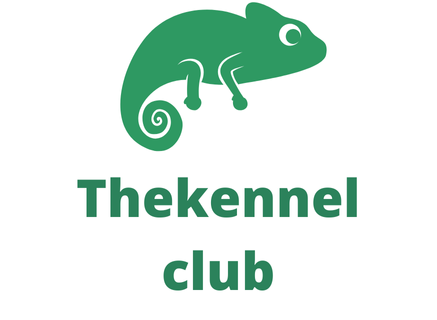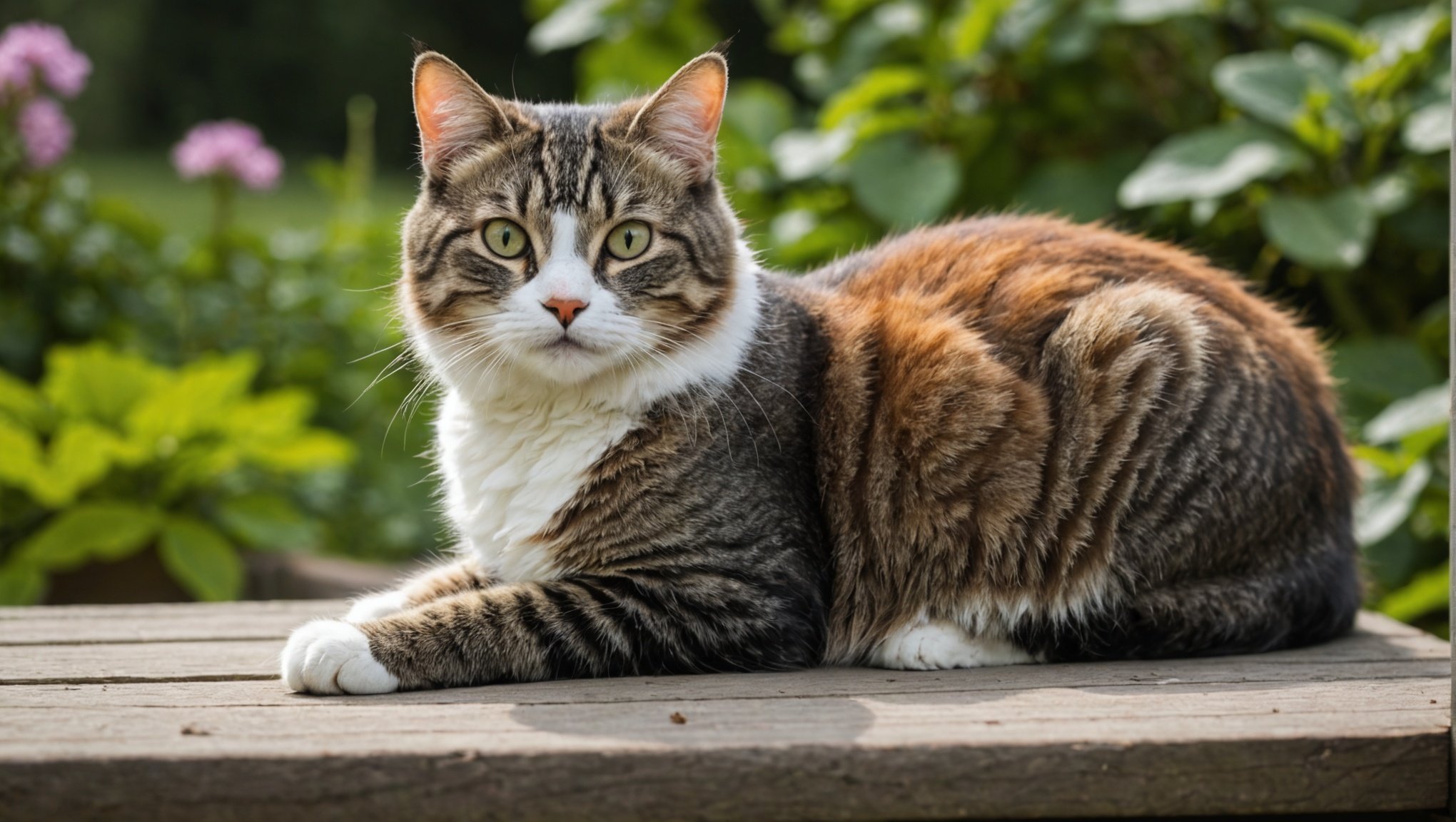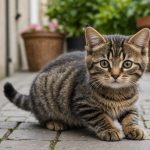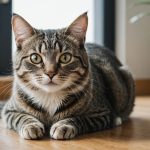As cat owners, we all want to offer our beloved pets the best possible environment for them to thrive. When it comes to cats with the Feline Leukemia Virus (FeLV), this goal becomes even more critical. FeLV, a retrovirus that affects cats, can be challenging to manage due to its ability to suppress the cat’s immune system, making them prone to various infections and diseases. With that said, a safe and stimulating outdoor area, also known as a catio, can significantly enhance the quality of life of your FeLV-positive cat. In this article, we will provide tips on how to design a catio to help your pet enjoy the outdoors without exposing them to the risks associated with this virus.
Understanding Feline Leukemia Virus (FeLV)
Before diving into the design of the catio, it is necessary to understand the nature of FeLV. This virus is a highly contagious disease that primarily spreads through close, social contact between cats, especially via saliva. An infected cat can pass the virus to another through grooming, sharing food and water bowls, or bite wounds. A cat contracting FeLV does not necessarily mean a shortened lifespan for your pet. They can lead a normal life with proper care and management.
Dans le meme genre : What are the best ways to enrich the living space for a cat confined indoors due to FIV or FeLV?
Cats with FeLV are more susceptible to infections and illnesses due to their compromised immune system. Therefore, it’s crucial to minimize their exposure to other cats and wildlife that might carry diseases. This, unfortunately, means limiting outdoor time is a common advice given to FeLV-positive cat owners. However, depriving your cat of outdoor stimulation can adversely affect their mental health. Hence, the idea of a catio comes as an excellent solution, providing the best of both worlds.
Key Elements to Consider in Catio Design
Creating a catio for your FeLV-positive cat involves careful planning and consideration. The primary goal is to create a space that keeps your cat safely enclosed while offering various forms of environmental stimulation. Here are some elements to take into account:
A lire aussi : What are the best ways to enrich the living space for a cat confined indoors due to FIV or FeLV?
Safety Measures
When designing the catio, the most important aspect is safety. Ensuring the catio is escape-proof is vital to prevent your cat from roaming freely, potentially getting exposed to other infected cats or wildlife. Opt for sturdy materials like metal or wood for the structure and strong netting or wire for the walls and roof.
Adequate Shelter
Within the catio, provide adequate shelter where your cat can hide, rest, and feel secure. This could be a small cat house, a covered perch, or even a large, overturned pot. Make sure the shelter is waterproof and can provide shade from the sun.
Physical Stimulation
For physical stimulation, include multiple levels for your cat to climb and explore. Add ramps, shelves, or branches at various heights. Scratching posts and interactive toys will help your cat stay physically active and engaged.
Regular Health Checks and Care
While a well-designed catio will provide a safe outdoor space for your FeLV-positive cat, it’s equally important to maintain regular health checks. Regular veterinary visits can help monitor your cat’s health and adjust treatment plans as necessary. Keep an eye out for changes in behavior, eating habits, or weight loss, which could indicate a health issue.
Frequent cleaning of the catio is also essential to prevent the buildup of bacteria or parasites. Use pet-friendly disinfectants and ensure all toys, bedding, and food and water bowls are kept clean.
Building Community Awareness
As responsible pet owners, it’s important to create awareness about FeLV in your community. Encourage your neighbors to vaccinate their cats against the virus to prevent its spread. If your community has stray cats, reach out to local animal shelters to help with trap-neuter-release programs.
In conclusion, caring for a FeLV-positive cat requires extra attention and commitment from you. However, by designing a safe and stimulating catio, you can ensure that your feline friend enjoys a good quality of life, despite their health condition. Remember, it’s not just about the physical health of your cat, their mental stimulation is equally important. With these tips, you can create an outdoor haven that caters to your cat’s physical and psychological needs while keeping them safe and protected.
Detailed Guide to Designing a Catio
Designing a catio for a cat suffering from Feline Leukemia Virus (FeLV) involves more than just putting together a secure physical structure. It’s a complex project that involves creating a stimulating, safe, and comfortable outdoor environment that caters to the unique needs of a FeLV-positive cat. This section delves into these details.
Firstly, always prioritize safety. The catio must be escape-proof to prevent the cat from wandering off and potentially coming into contact with other infected cats or wildlife. Strong materials such as metal or wood are recommended for the structure, with secure netting or wire for the walls and roof.
Secondly, consider the cat’s comfort. The catio should feature a shelter where the cat can rest, hide, and feel safe. You can use a small cat house, a covered perch, or even a large overturned pot. Ensure this is waterproof and can provide shade, especially crucial for outdoor cats.
Thirdly, don’t forget physical stimulation. Cats with FeLV are just like any other cats – they need to play and exercise. Include multiple levels in the catio design for your cat to climb and explore. Add ramps, shelves, or branches at different heights. Scratching posts and interactive toys will keep your cat active and engaged.
Lastly, cleanliness is paramount. A catio can quickly become a breeding ground for bacteria or parasites if not regularly cleaned. Use pet-friendly disinfectants and keep all toys, bedding, and food and water bowls clean. You might also want to consider a litter box in the catio to maintain hygiene.
Dealing with Feline Leukemia Beyond the Catio
While a catio goes a long way in providing a safe and stimulating environment for a cat with FeLV, there’s more to managing this condition. It’s equally crucial to understand the virus, its clinical signs, and how to take care of a cat infected with FeLV.
FeLV is a retrovirus that suppresses a cat’s immune system and can lead to bone marrow suppression among other complications. Cats with FeLV are often more susceptible to infections and illnesses. To manage these health risks, frequent vet check-ups are important. Regular monitoring can help adjust treatment plans if necessary and deal with any emerging health issues promptly.
Building community awareness is another important aspect. Encouraging vaccination in other pet cats and supporting trap-neuter-release programs for feral cats can help control the spread of the virus in your community.
Conclusion
Caring for a cat with FeLV involves a holistic approach – from designing a secure catio to regular health checks and community education. Despite the challenges, it’s important to remember that cats with FeLV can lead a full and happy life with the right care. Always prioritize your cat’s physical and psychological well-being. With the right setup, regular care, and a bit of love, your FeLV-positive cat can enjoy the outdoors safely.
















